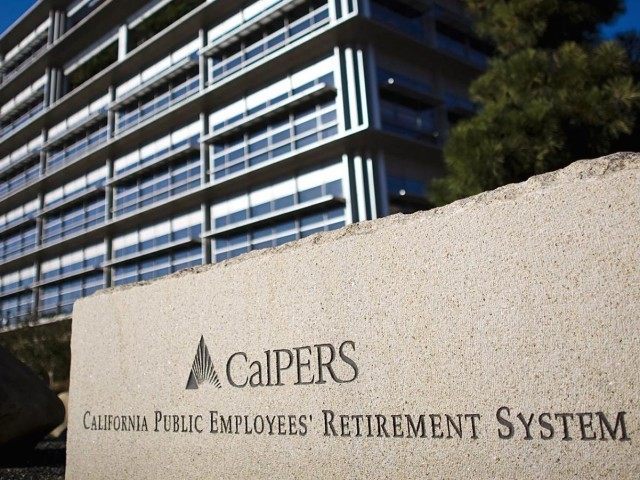Despite hot stock market gains over the last three years, California Public Employees’ Retirement System (CalPERS) actuaries just demanded that public pensions increase funding by a stunning 10 percent next year and make similar annual increases for each of the next 5 years due to an inappropriate “assumption.” That means that CalPERS’ annual payment could leap 61% from $4.5 billion this year to $7.25 billion in five years.
CalPERS reported in January an annual investment return of 18.4 percent for the year ending June 30, 2014, and over 10.4 percent compounded over the last three years. By substantially beating their 7.5 percent expectation each year, CalPERS also claimed their funding status leaped by 10 percent to 77 percent overall, based on assumptions.
But one of those assumptions has long been that state and local government public employees die on the job more often than taxpayers, and thus public employees were assumed to receive less years of retirement payments. This was accomplished by cleverly using a “presumptuous standard” to define “on the job” death for a firefighter, cop or bureaucrat to include heart attacks, cancer and other common ailments.
This wordsmithing allowed governments and unions to adopt an assumption that limited the amount of cash that state or local government entities were required to annually contribute toward funding future pension payments. It also was the key to unlock a “myriad of benefits for surviving family members.”
Studies show that despite 73 percent of women in the New York Fire Department retire on disability. But studies show that being a firefighter is actually a safer job than the average American experiences at their workplace. But by expanding the “presumption” of injury at home of general sickness being job related, public employees get a spectacular percentage of disability retirements that converts hefty pension payments into “tax free income” for public employees and their families for life.
But a CalPERS study was published in January 2013 revealed that on average the longest-living category of public employee is a cop, followed by a firefighter. These “safety” employees tend to live well into their eighties, despite public pension plans assuming an early death.
After waiting almost two and a half years since CalPERS’ admission of an inappropriate assumption for beneficiary life expectancy, the pension plan’s actuaries are only now beginning to enforce that state and local government agencies must change their “method” of calculating obligations.
CalPERS’ actuaries are demanding at least five years of big percentage increases to correct the previous improper “method” for calculating the under-funding. At a 10 percent annual increase for each of the next 5 years, the annual funding requirement will rise by over 61 percent by 2020, about a $2.75 billion increase.
The proposed rate increases now go to CalPERS’ Board for a vote on adoption next week, and then on to Governor Brown’s desk for review. The Brown Administration’s January draft budget had already predicted a voluntary big pop up in pension plan funding this year to pay-down liabilities. But that increase has now become mandatory.
The five California public employee retirement plans estimated as of June 30, 2014 that their combine average funding level amounted to 72 percent of the projected cash they need to pay future pension obligations. But with CalPERS’ admission of using an inappropriate method to calculate how long public retirees will collect benefits before they die, there will be enormous pressure on the other plans to make a similar change.
Governor Brown’s pension reform plan requires that California state employees to pay 50 percent of the pension “normal” cost,” the rate for the pension earned during the year excluding the debt from previous years. State workers currently contribute about 6 to 11 percent of their pay to pensions. The reform requires that money the state saves from the reform’s higher employee contributions was supposed to be used to help pay off the unfunded liability, rather than lower state rates.
California public pension plans have been playing games for decades with numerous inappropriate “assumptions” to lower reported unfunded liabilities and avoid the true costs of funding the hefty pension promises politicians made to curry favor with public employee unions. But with CalPERS admitting for the first time they used an inappropriate assumption, California state, county and city governments may be forced to drastically increase annual pension funding payments to correct for a number of inappropriate assumptions.

COMMENTS
Please let us know if you're having issues with commenting.